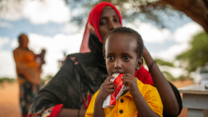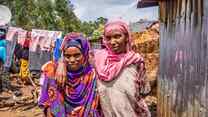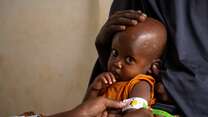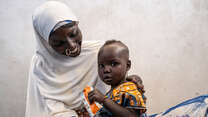Two million children under five years old die every year from acute malnutrition, otherwise known as wasting. Wasting is responsible for 1 in 5 deaths in children under the age of five worldwide and increases the risk of childhood mortality 12-fold among kids under five, making it one of the top threats to child survival globally.
But deaths due to wasting are preventable. A proven solution, involving shelf-stable, fortified peanut paste known as Ready-to-Use Therapeutic Food (RUTF), exists that helps 92% of acutely malnourished children recover. But 4 in 5 children in need of this treatment still do not have access to this life-saving remedy.
As the global food security picture heading into 2024 looks especially ominous, preventing famine-like conditions and increased child mortality from acute malnutrition must be a top priority. There is a need for new solutions to bring traditional as well as new donors to the table to save the lives of the most vulnerable— children under five years old—as global food insecurity and malnutrition risks increase.
The international community has an opportunity to make deaths from wasting a crisis of the past. But the current global approach isn’t working, and far too many children are suffering the consequences.
Making the situation right doesn’t just require more resources. It requires a fundamental rethinking of how the world comes together to fight acute malnutrition among children and for a new approach centered around affected communities, accountability and transparency in treatment implementation, backed by a global coalition. We have the tools, the question is whether we are brave enough to use them.



